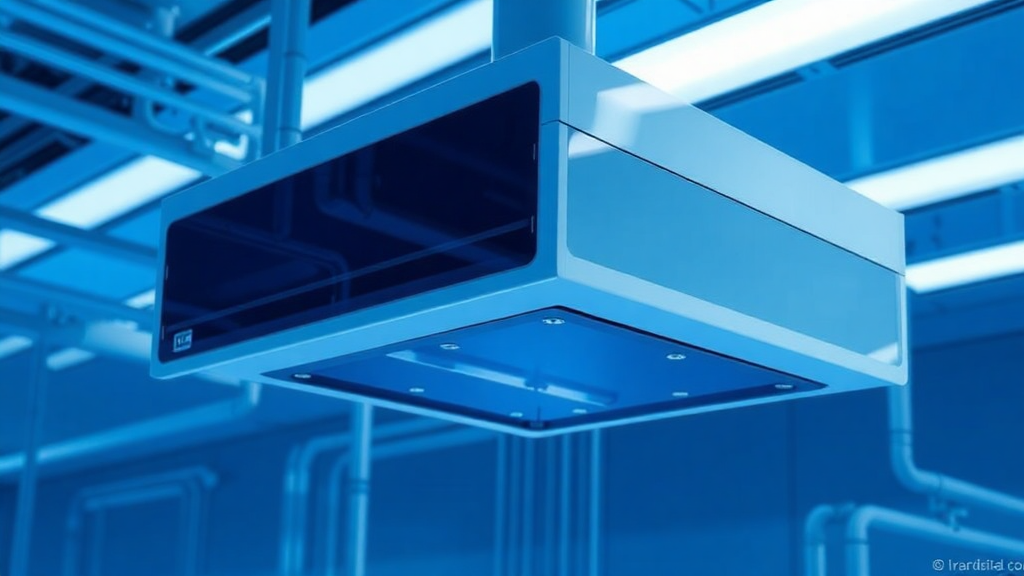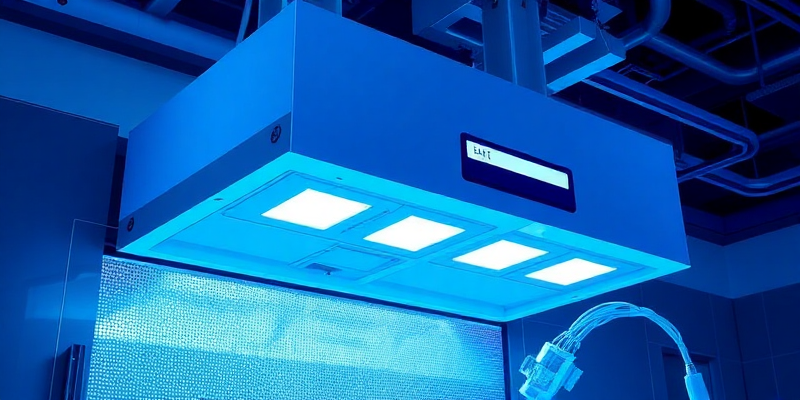Ergonomic Cleanroom Hoods for Reduced Neck Strain
In the highly controlled environment of cell therapy facilities, cleanroom hoods are indispensable for maintaining sterility and preventing contamination. However, traditional hood designs often come with an unintended consequence: significant neck strain for workers. This issue not only affects comfort but can also impact productivity and long-term health. Let’s explore how ergonomic cleanroom hoods are revolutionizing the way we approach contamination control and worker well-being.
The Problem with Traditional Cleanroom Hoods
Conventional cleanroom hoods, while effective for contamination control, have long been a source of discomfort for workers. The rigid structure and limited visibility of these hoods often force users to maintain unnatural postures for extended periods. This can lead to:
- Chronic neck pain and stiffness
- Reduced range of motion
- Decreased productivity due to frequent breaks or slower work pace
- Potential long-term musculoskeletal issues
In cell therapy facilities, where precision and focus are paramount, these ergonomic issues can have serious implications for product quality and worker health.
Key Features of Ergonomic Cleanroom Hoods
Modern ergonomic cleanroom hoods address these concerns through innovative design features:
Adjustable Headgear
Ergonomic hoods often come with adjustable headgear that allows users to customize the fit to their individual head shape and size. This ensures that the hood stays in place without causing pressure points or discomfort.
Lightweight Materials
By utilizing advanced materials, manufacturers have significantly reduced the weight of cleanroom hoods. This decrease in weight translates to less strain on the neck and shoulders, even during long work sessions.
Enhanced Mobility
Perhaps the most crucial feature of ergonomic cleanroom hoods is their design for enhanced mobility. These hoods offer a wider range of motion, allowing workers to move their heads more freely without compromising the integrity of the cleanroom environment.
Improved Visibility
Many ergonomic hoods feature larger viewing panels or innovative clear materials that provide a wider field of vision. This reduces the need for workers to constantly adjust their posture to see clearly.
Airflow Optimization
With air permeability ratings of 5-10 CFM, these hoods strike a balance between contamination control and comfort. The optimized airflow helps prevent the buildup of heat and moisture inside the hood, further enhancing user comfort.
Benefits of Upgrading to Ergonomic Hoods
The advantages of switching to ergonomic cleanroom hoods extend beyond individual comfort:
- Increased Productivity: Workers experiencing less strain can maintain focus for longer periods, potentially increasing overall productivity.
- Improved Safety: Reduced fatigue means fewer mistakes, which is crucial in sensitive cell therapy environments.
- Enhanced Job Satisfaction: Comfortable workers are happier workers, leading to better retention rates and job satisfaction.
- Long-term Health Benefits: By reducing the risk of chronic neck and shoulder issues, ergonomic hoods contribute to the long-term health of cleanroom workers.
- Compliance with Ergonomic Standards: Many facilities are now required to meet ergonomic standards. Upgrading to these hoods can help ensure compliance.
For a comprehensive look at ergonomic solutions in cleanroom environments, check out our ergonomics guide.
How to Choose the Right Ergonomic Hood
Selecting the appropriate ergonomic cleanroom hood requires careful consideration of several factors:
- Material Compatibility: Ensure the hood material meets the cleanliness standards of your facility.
- Fit and Adjustability: Look for hoods with multiple adjustment points to ensure a comfortable fit for all users.
- Airflow Resistance: Consider hoods with optimal airflow resistance measurements to balance comfort and contamination control.
- Compatibility with Other PPE: The hood should integrate seamlessly with other required protective equipment.
- Durability: Choose hoods made from materials that can withstand frequent cleaning and sterilization processes.
Case Study: Ergonomic Hoods in Action
A leading pharmaceutical company specializing in cell therapies recently upgraded their cleanroom hoods to an ergonomic model. The results were significant:
- 40% reduction in reported neck strain among workers
- 15% increase in overall productivity
- 30% decrease in work breaks due to discomfort
These improvements were achieved through a combination of lightweight materials, adjustable designs, and enhanced visibility features in the new hoods. The company reported that the initial investment in ergonomic hoods was offset by increased productivity and reduced worker compensation claims within the first year.
Frequently Asked Questions
What makes a cleanroom hood ergonomic?
Ergonomic cleanroom hoods are designed with features that reduce physical strain and improve comfort. This includes lightweight materials, adjustable components, enhanced visibility, and designs that allow for a greater range of motion.
How do ergonomic hoods reduce neck strain?
By allowing for more natural head movements and providing better weight distribution, ergonomic hoods minimize the need for users to hold their necks in uncomfortable positions for long periods.
Are ergonomic hoods compatible with all cleanroom standards?
Most ergonomic hoods are designed to meet various cleanroom standards. However, it’s essential to verify that the specific model you choose complies with your facility’s requirements for air permeability and contamination control.
What is the ROI of investing in ergonomic cleanroom hoods?
While the initial cost may be higher, the ROI of ergonomic hoods often becomes apparent within the first year. Improved productivity, reduced absenteeism, and lower rates of work-related injuries contribute to significant long-term savings.
In conclusion, ergonomic cleanroom hoods represent a significant advancement in contamination control technology for cell therapy facilities. By addressing the long-standing issue of neck strain, these hoods not only improve worker comfort and health but also contribute to increased productivity and product quality. As the industry continues to evolve, investing in ergonomic solutions like these hoods is becoming less of a luxury and more of a necessity for forward-thinking facilities.
Download Ergonomic Design Specs to learn more about how these innovative hoods can benefit your cleanroom operations.












